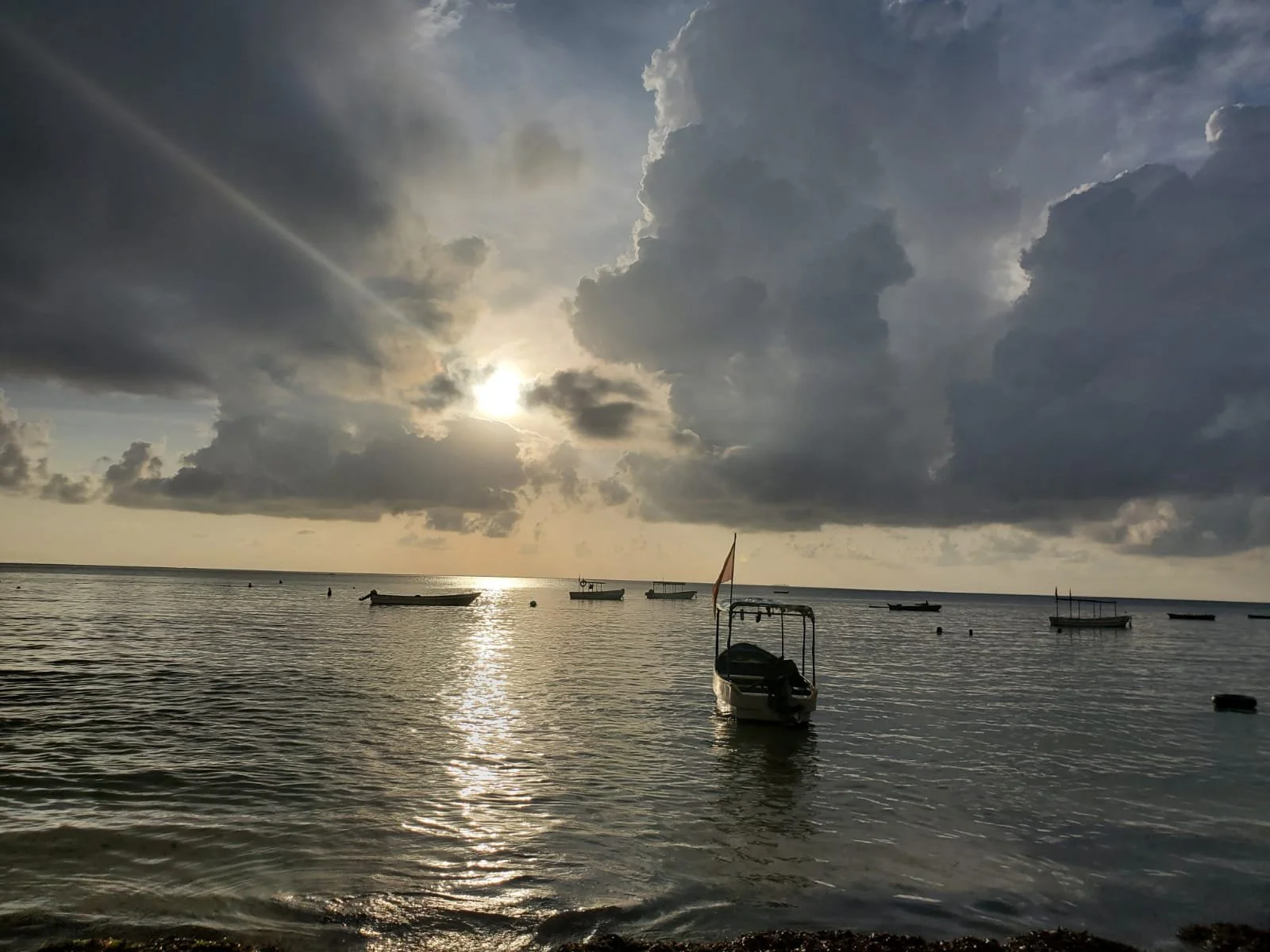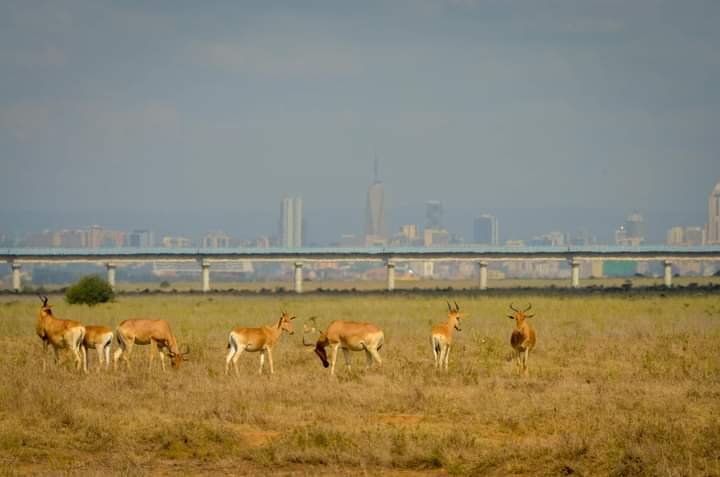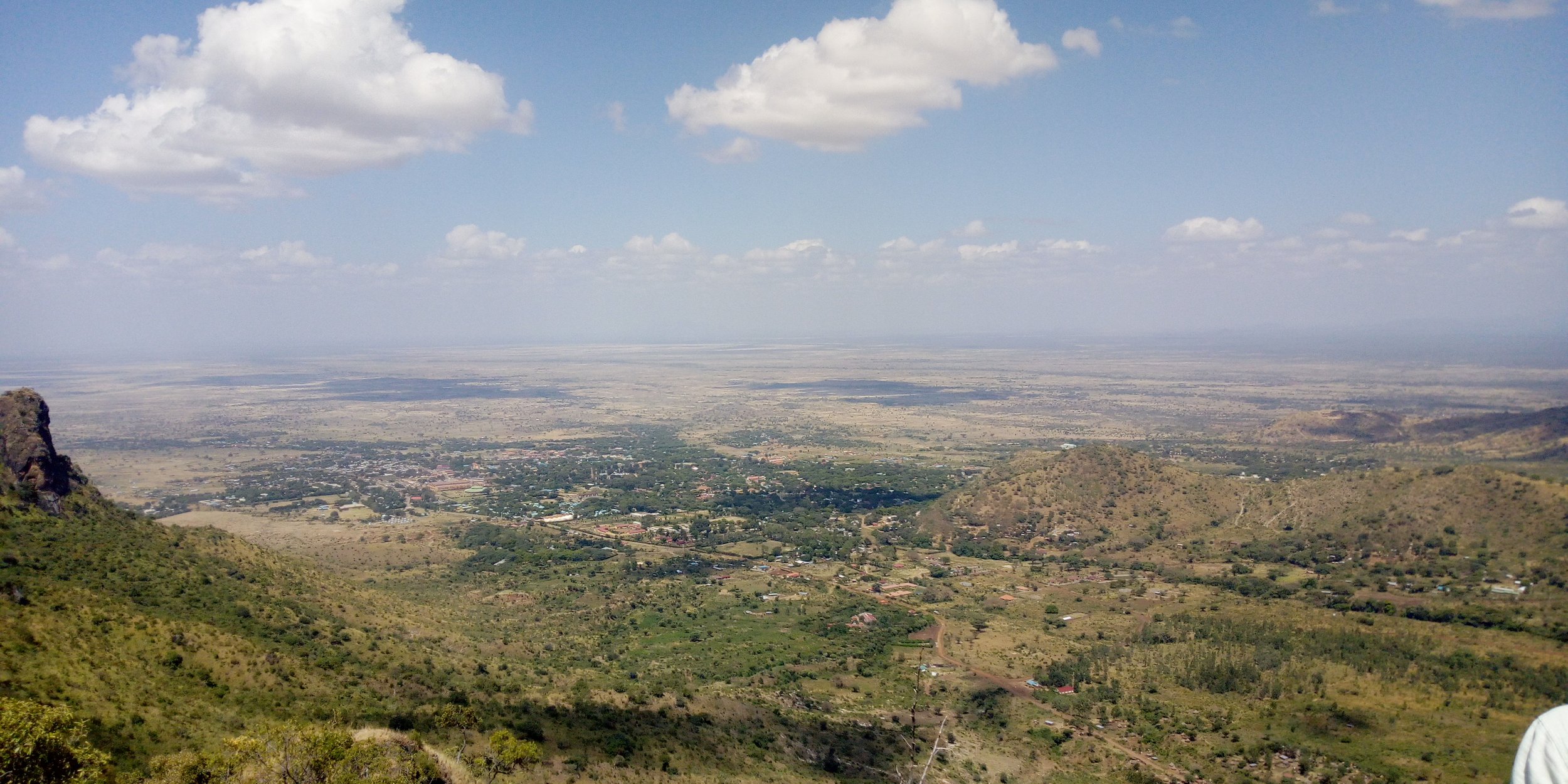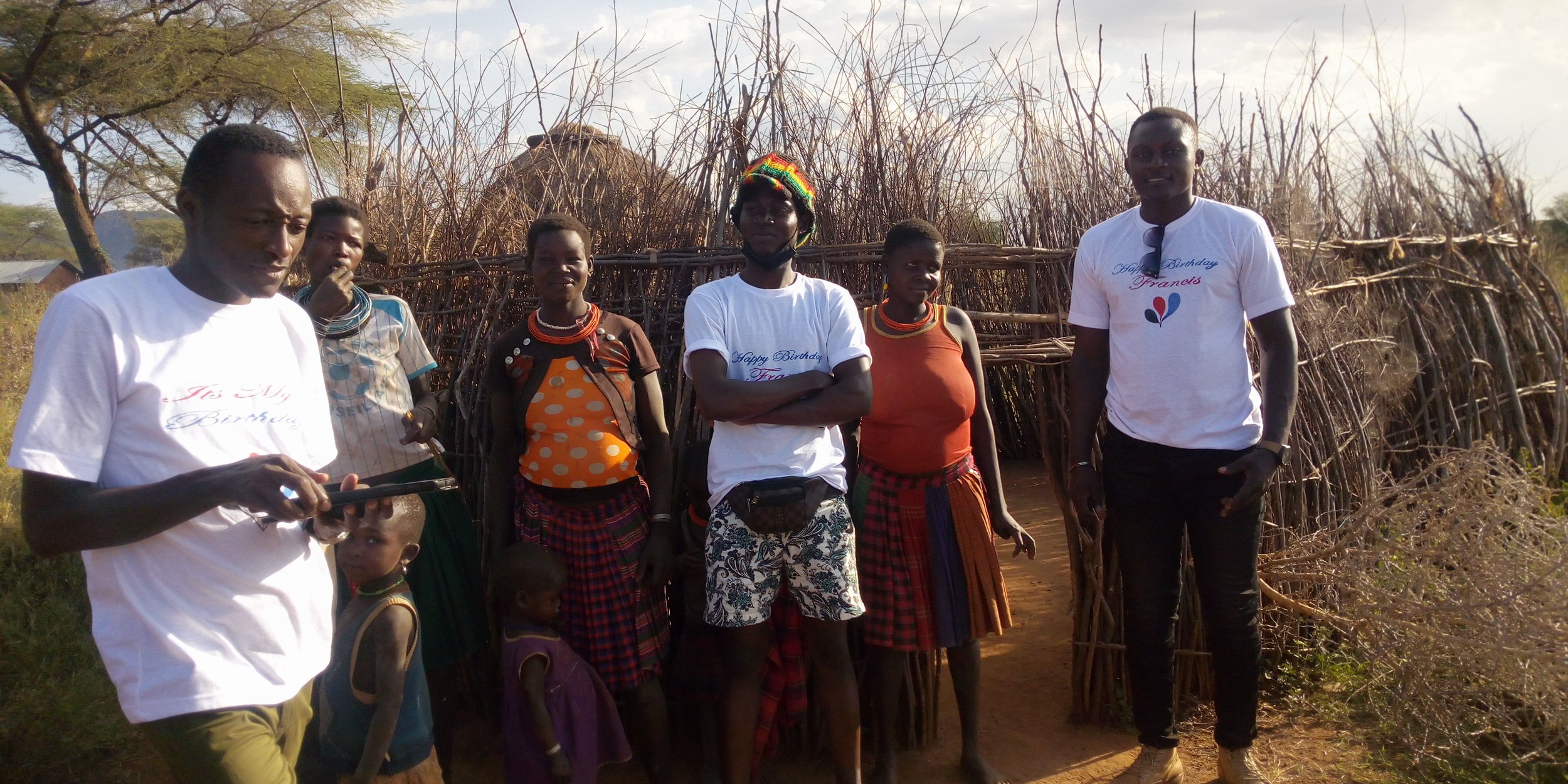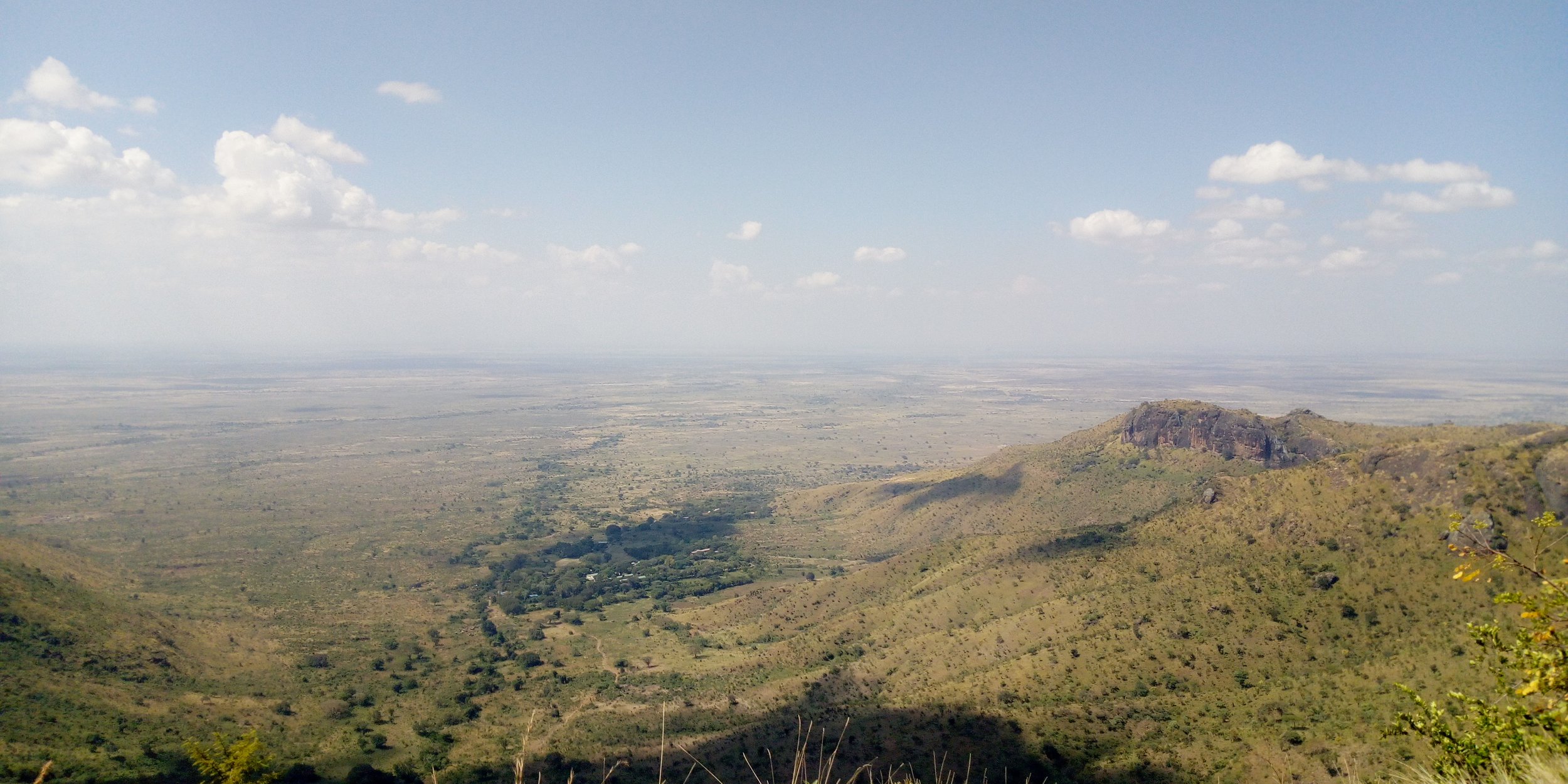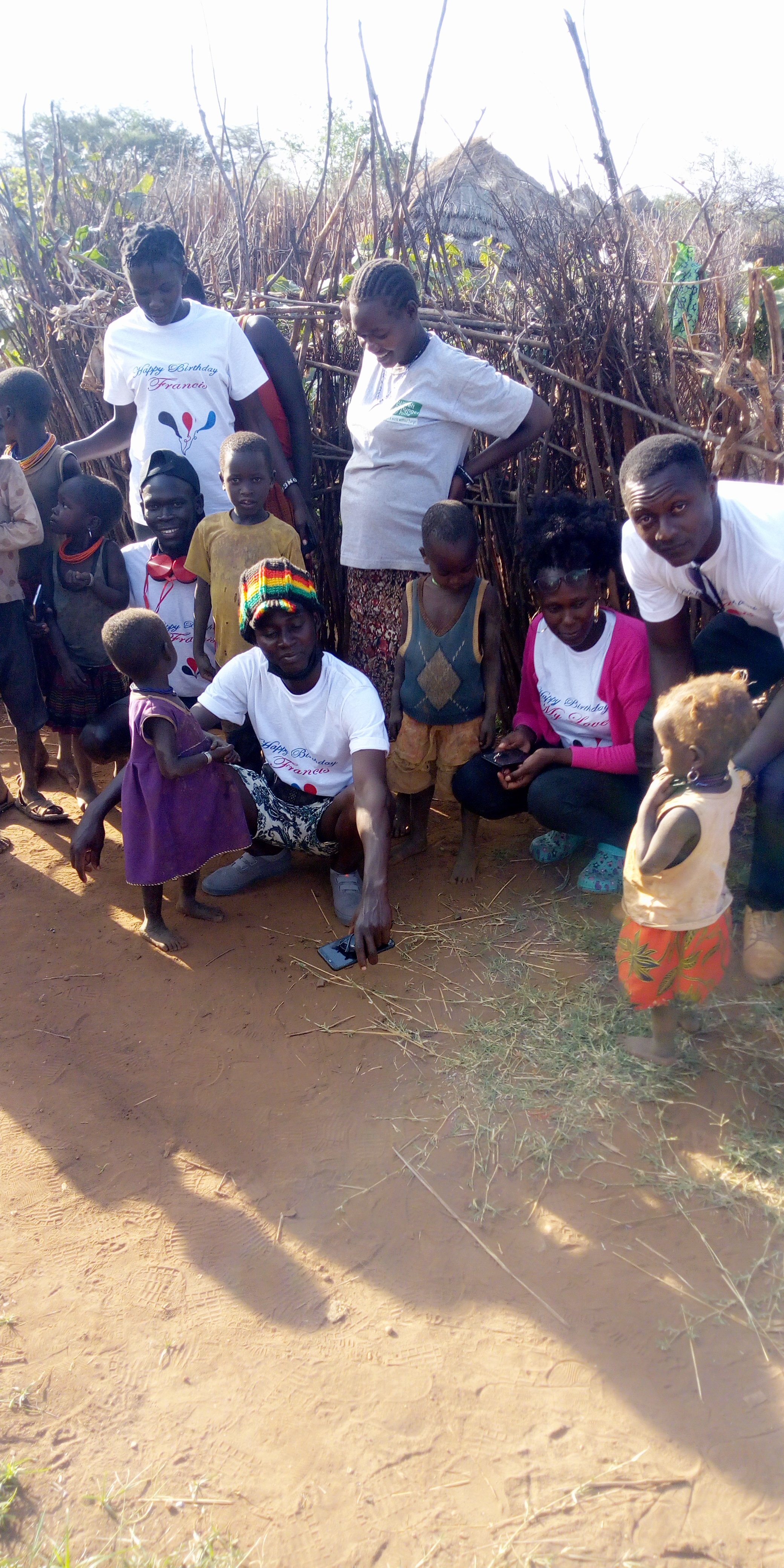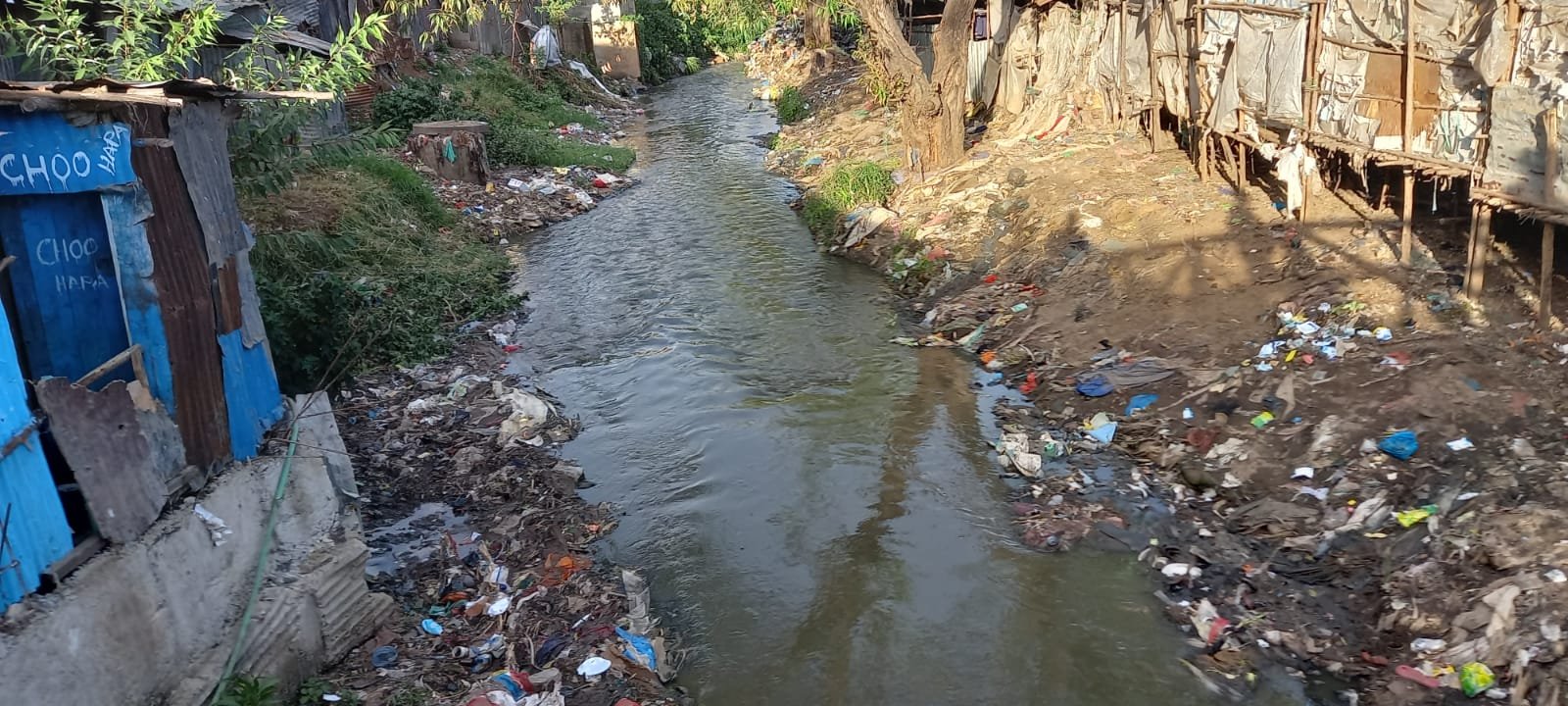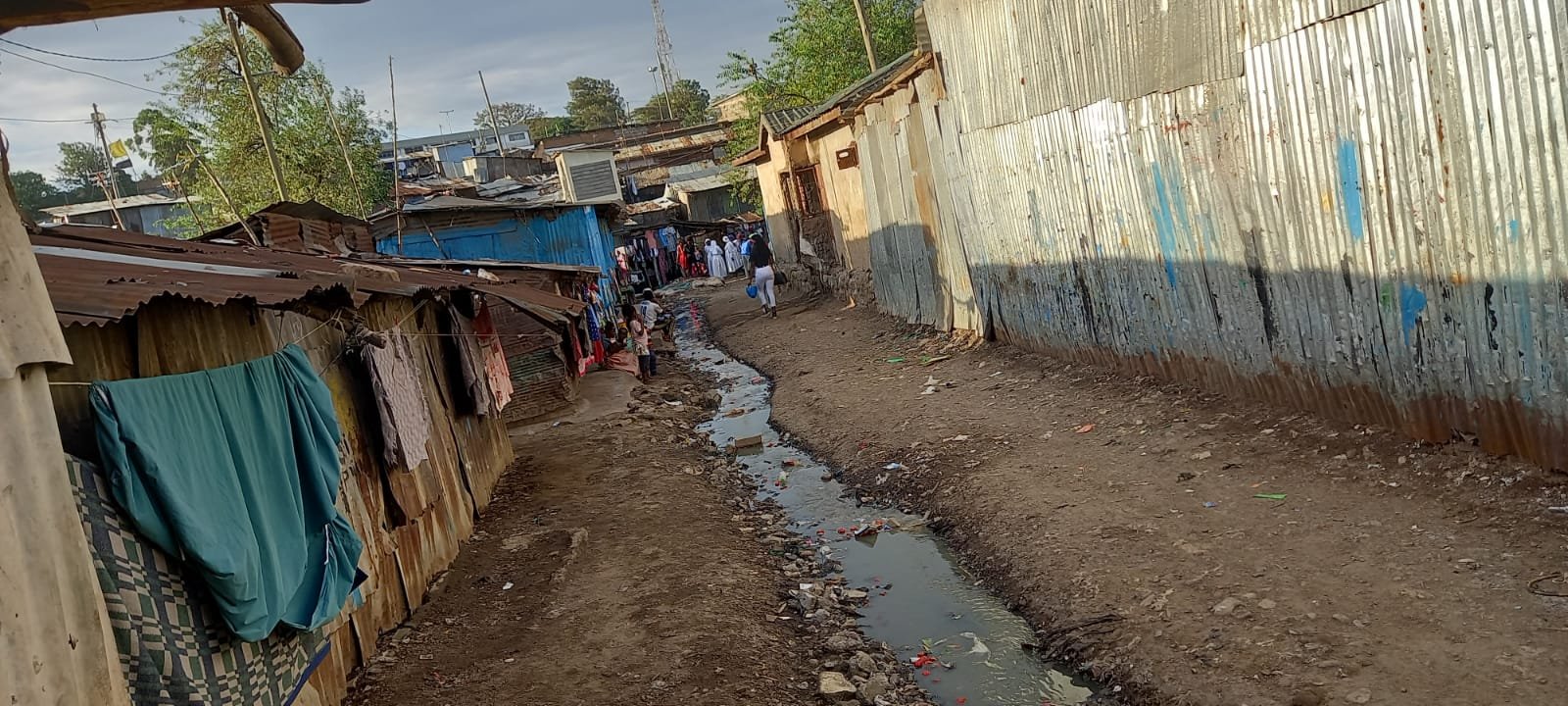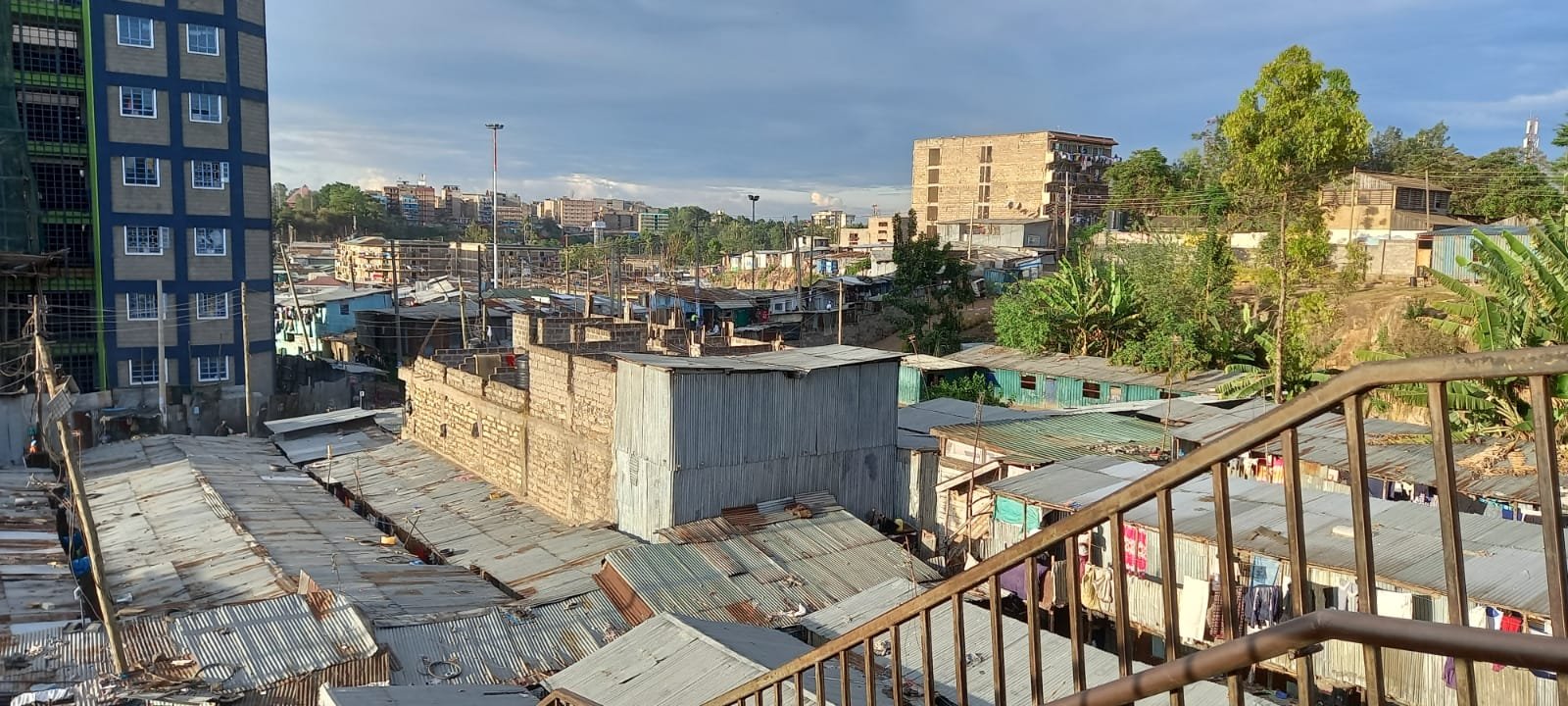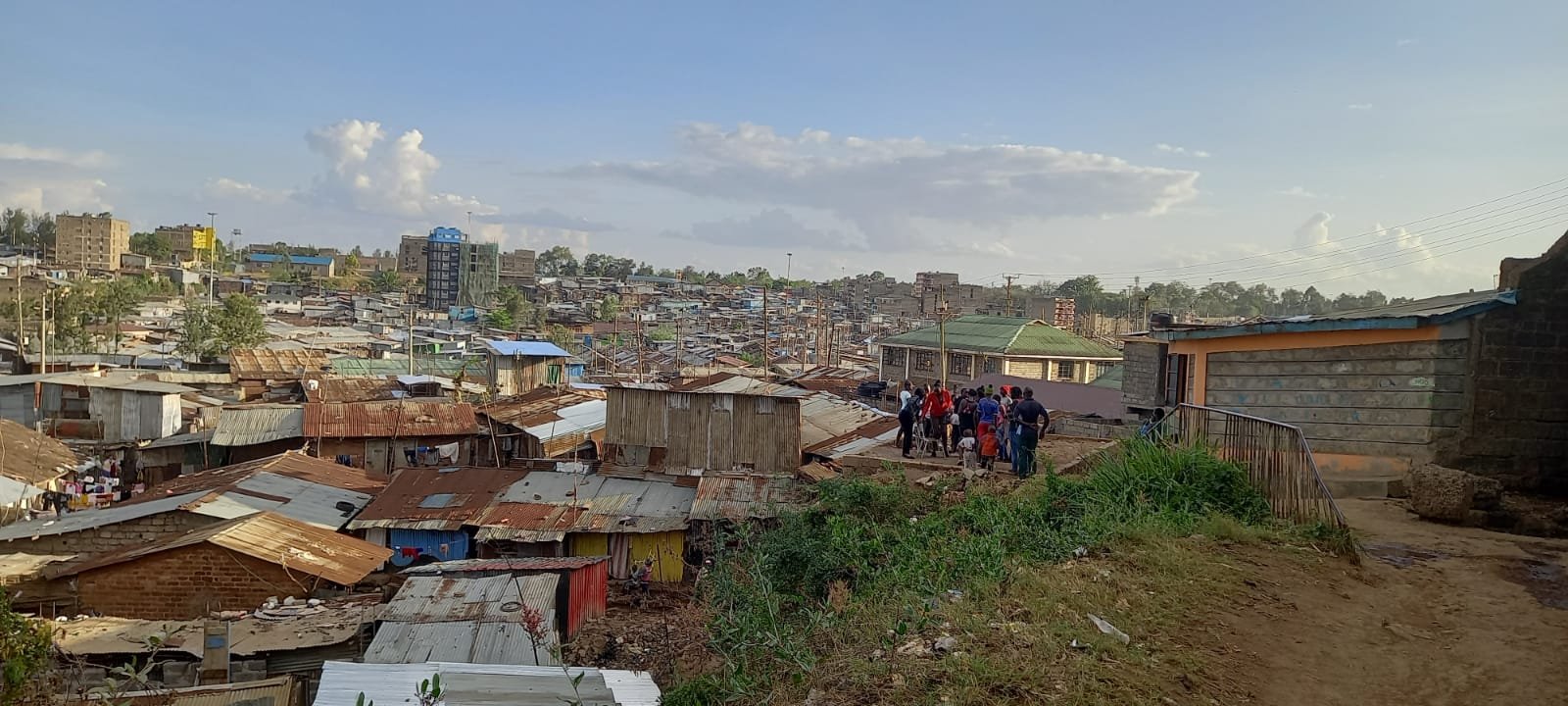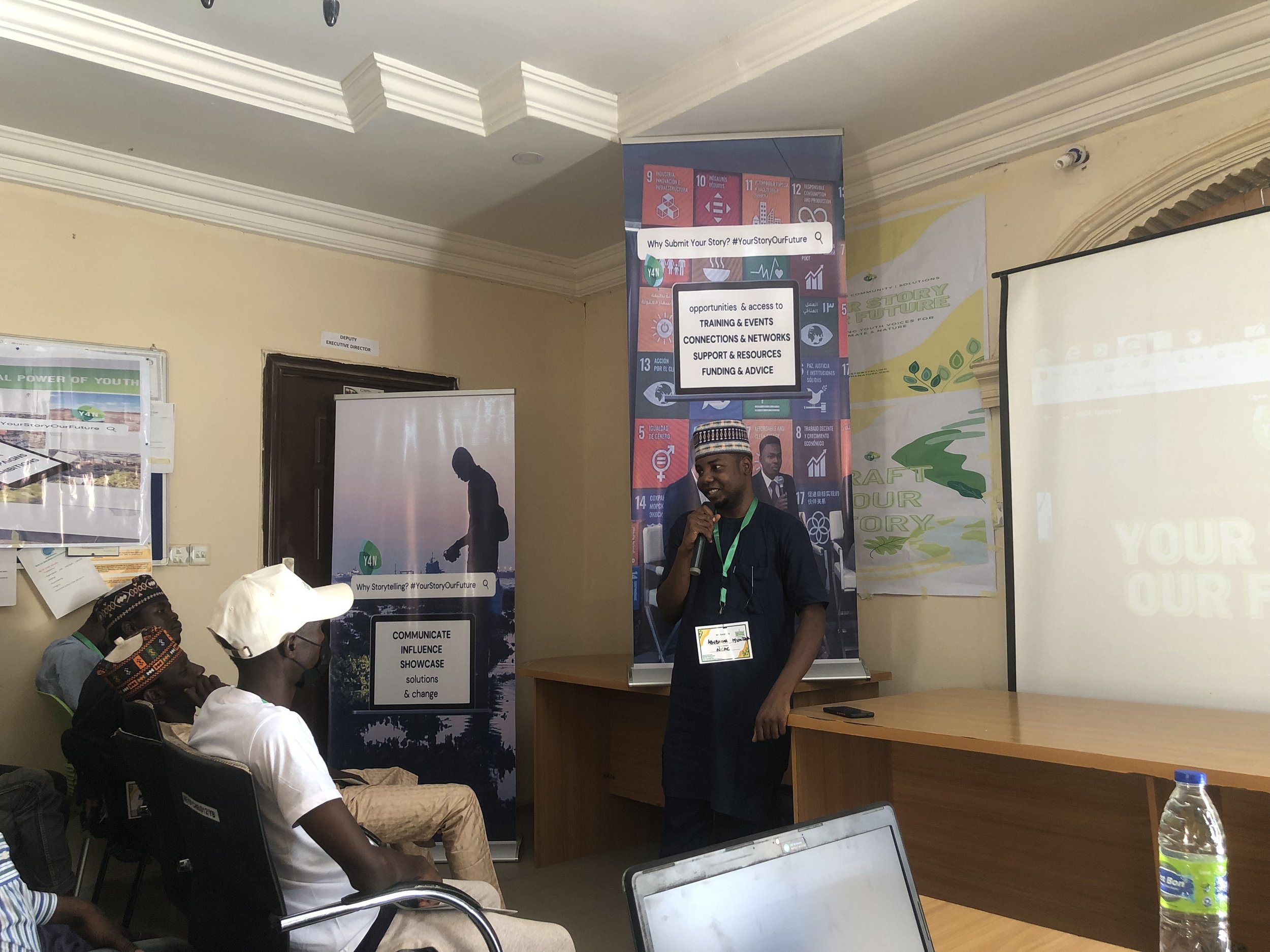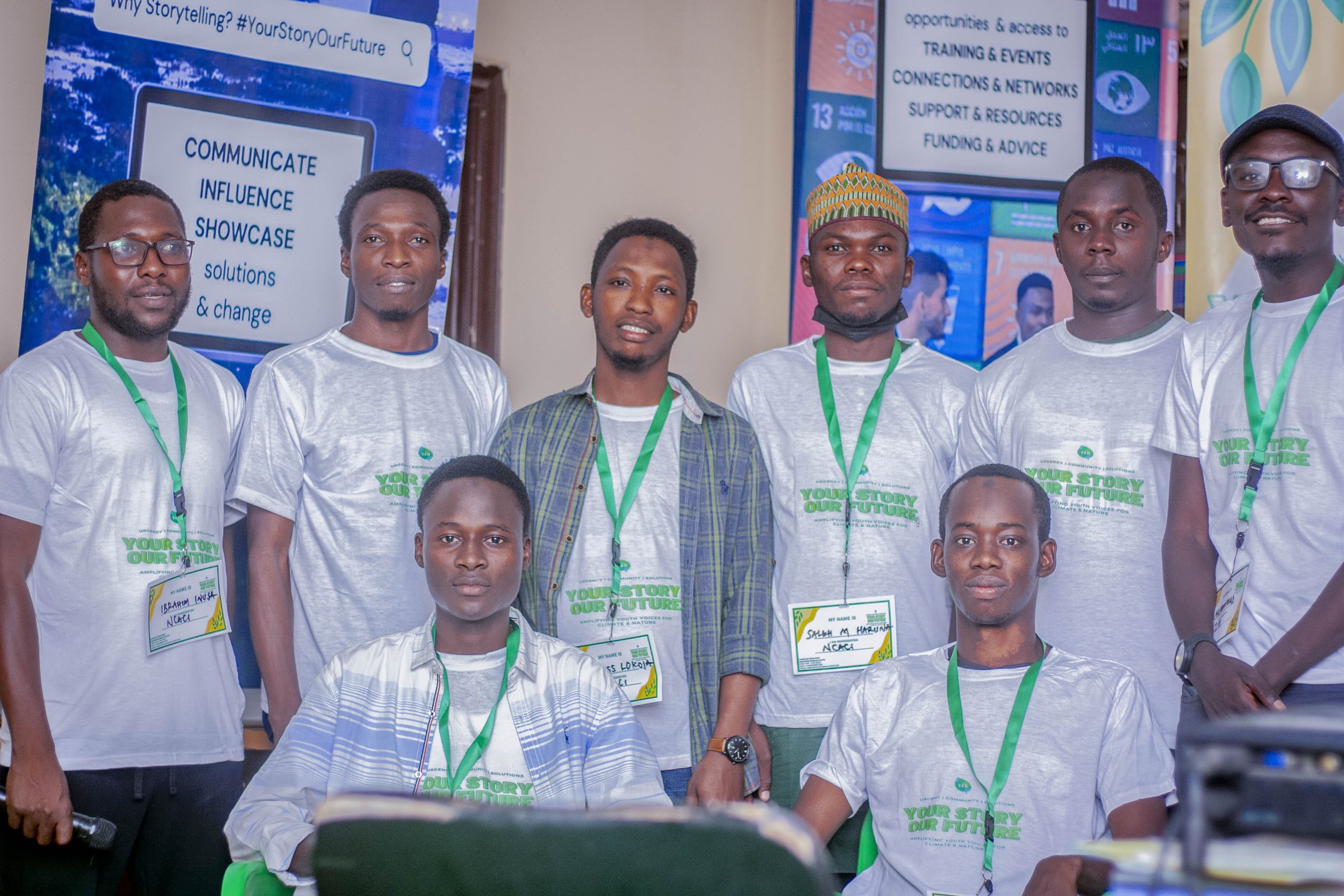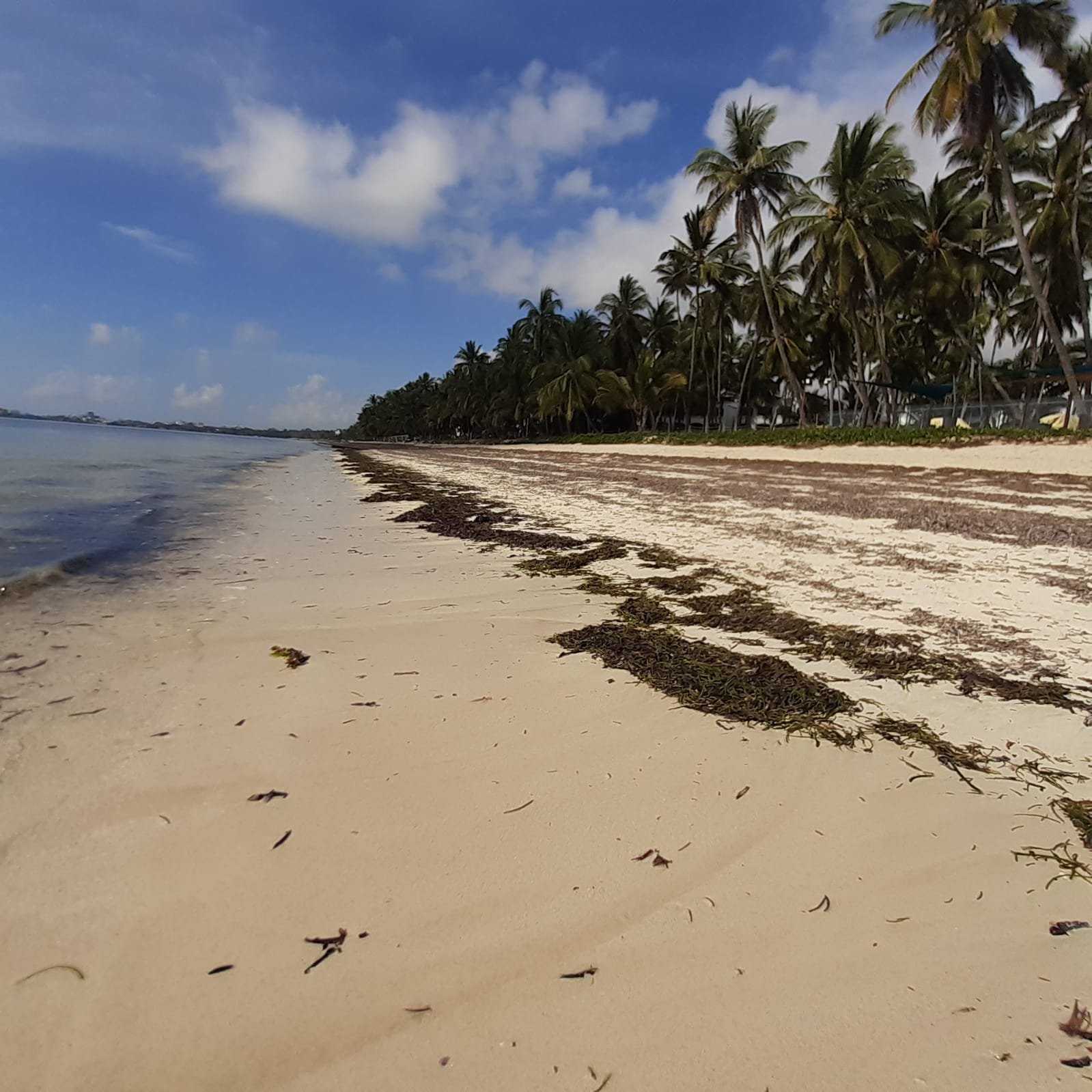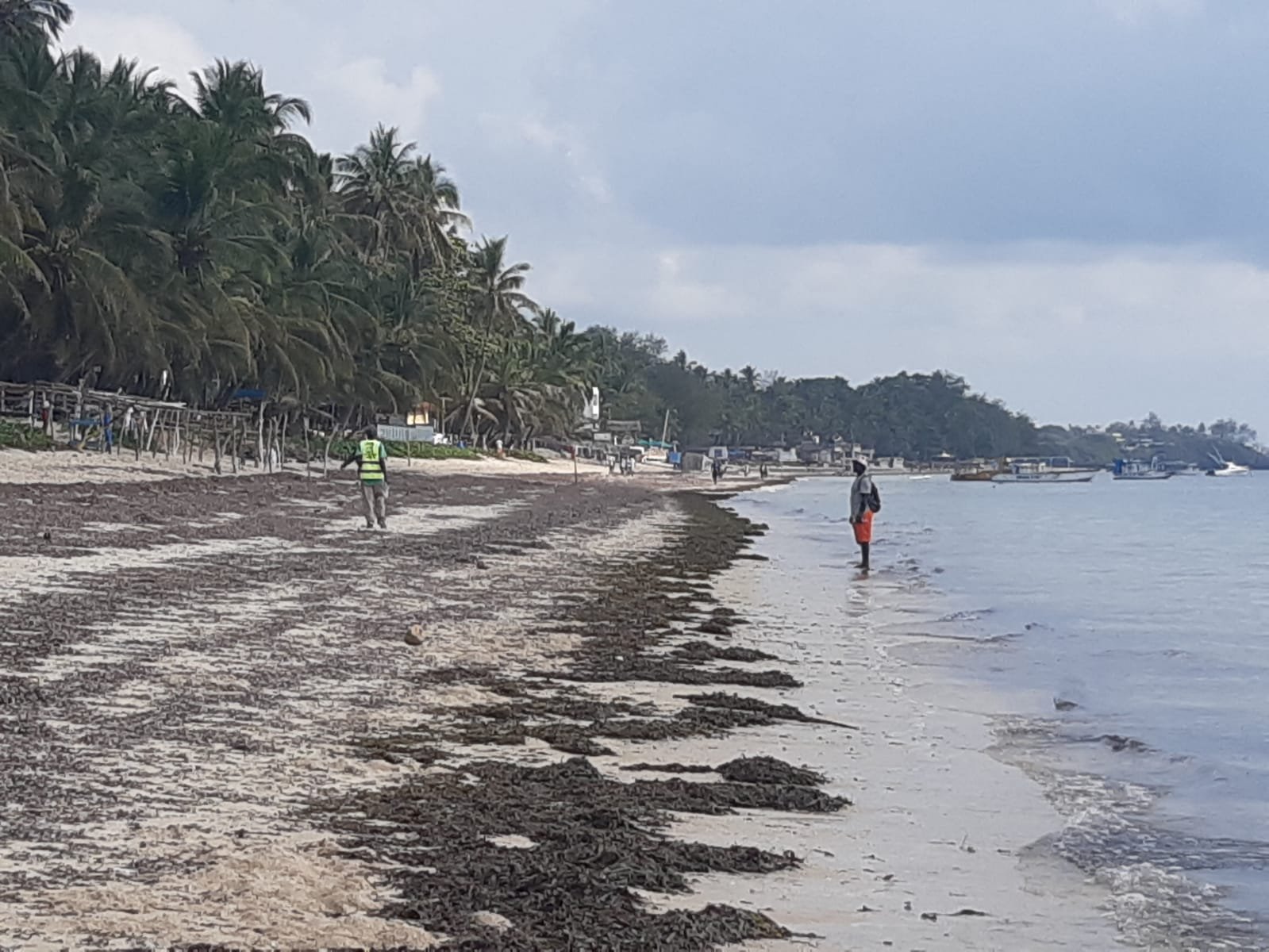It’s a wrap! 2021 has been a long yet fulfilling year for our community. December is a month of reflection, re-strategising for the next year, and celebrating our achievements, setbacks, and success together. Afrika as a continent is unique and diverse, it only makes sense that the stories from youth across the region be as diverse. While these stories bring us from mountains to deserts to coasts, they carry the complexity of raising deep concern, while also showcasing the beautiful landscapes and resilience in Afrika and its people.
As you enjoy our December #PhotoChallenge, may it help you reflect on your 2021 journey and intentionally plan into the coming year!
Join us!
Ronald Odhiambo - Kenya
Nairobi, a city filled with exuberant natural beauty but with a very uncertain future. For decades, the green city under the sun has flourished and earned praise the world over. Nairobi National Park - the only national park in a capital city, globally, is a priceless gem, that has been home to thousands of wildlife including endangered species.
All this is slowly being taken away. Massive encroachment has been the order of the day. This is not only limited to super infrastructures cutting through the park, but also impunity that stinks to the highest heavens.
Local environmental activists and civil society groups have raised concerns over further encroachment and disturbances into the park’s ecosystem. Efforts have been applied but surprisingly, more projects are still being approved inside the park. What happened to Kenya’s commitment to the Sustainable Development and the vision 2030 agenda?
Aiita Joshua- Uganda
At the core of the Karamoja sub-region of Uganda is the Moroto Mountain, with an approximate base cover of over 450sq meters stretching over nearly hundreds of kilometers across the semi-arid plains of the region.
Similar to the Turkana of Northern Kenya by culture, the inhabitants of the area; the Karamojongs are pastoralists often moving from one place to another in search for water and pastures with large herds of cattle– to which is attached a great deal of pride. History would define it that they belong to the plain nilotes who migrated during the ancient times from the Ethiopian highlands and are settled in the semi-arid belts of North-Eastern Uganda and Northern Kenya as well as parts of South Sudan and Ethiopia.
Just like any other ethnic institutions around the African continent, the Karamojongs till date have one of the strongest attachments to their culture evident in their styles of dressing, feeding, homesteads. and way of life, well suited to adhere to life in the hot plains befalling the leeward side of the Ethiopian highlands.
Pictures captured from the ranges of the Moroto Mountain, North-Eastern Uganda (November 2021).
Bulimo Peter - Kenya
This time around we focus on the management of Field Dodder alias Cuscuta. But what is Dodder, one may pose! Well, field dodder is a yellow invasive weed native to North America (Canada, Mexico, and the Caribbeans). You probably have come across it during your interactions with nature but hardly noticed it! This is because the parasite leverages a combination of camouflage behavior and an opportunistic character to dominate its host plant. In fact, the plant is only noticed (for those keen enough to do so) during maturity. This is also the period the parasite is hardest to manage. Negligence and arrogance make control of this weed quite difficult. In a survey conducted by CABI researchers, only 0.86% of respondents found the weed problematic.
The remaining majority were either unaware or unconcerned. Back at home, community members including my family used to confuse the weed for an ornamental plant, effectively preserving it along the fences for aesthetic purposes. By the time we realize the demon we were breeding, the damage was already done! In the natural sense, Cuscuta is very selective, hosting only on nutritious food crops while choking them to death. Such obligate parasites are currently among the key drivers of biodiversity loss. Yet, management is still possible. We are currently running an awareness campaign in our community while also advocating for an integrated approach to Cuscuta management.
It is crucial that farmers be alert and identify the weed while still immature. Consequently, a combination of mechanical, biological, and chemical controls should be sustainably applied to manage its dominance.
Orieny Japheth - Kenya
Slums Resilience against Insurmountable Odds
Recently, The President of Kenya, H.E President Uhuru Kenyatta said that Kenya was named the sixth richest nation in Africa... Well, The dwellers of Mathare slums don't know what that means and personally, I don't care because life is even more difficult now... un-sustainability all the way. Sustainable cities and communities as a Sustainable Development Goal are like music to our ears!
In Mathare, it is all about survival for the fittest. Natural selection at its best. My community members know nothing but fighting each and every day to make ends meet. Rivers are polluted (dead), houses in poor conditions and overcrowded (Here COVID-19 pandemic is a non-issue because we have more important things to worry about... - [food, access to clean drinking water & waste management]- not my opinion, it's what people say).
Despite all these disadvantages in Mathare, we have found a way to survive (not the best of lives of course but we survive). This is a story of the forgotten estates of Nairobi. It gives me hope as I see beauty in these African informal settlement patterns.
In the end, I console myself that East or West, home is the best. The sky is higher here, the air is "cleaner" and the relationships are as real as they can ever be! But we all know that as youths, Kenyans, and Africans, we can do better. Viva, Power, Resilience... ✊🏿
Inusa Ibrahim - Nigeria
#VoicesOfHopeFromTheNorth, #OrphansOfTheSahel
On the edge of the Sahara, at the frontline of desertification and desert encroachment coupled with drought that leads to severe hunger and malnutrition among children, young people in the region have gathered on the 14th day of November 2021 to discuss the matter and design some solutions to restore their dying landscapes through telling the world, their stories around vulnerability to the negative impact of nature and climate crisis and how it affect them and their various communities at the same time proper coping capacities to the shock within Yobe State at northeastern Nigeria where deserts have been claiming territories, capturing farmlands/losing habitats for farming, and displacing communities from their homelands.
The workshop was organized and convened by Y4N Global Ambassador and founder of Nature Conservation Advocates for Climate Initiative (NCACI). Ibrahim Inusa. In attendance were young leaders, professionals, and experts in the field of nature and environmental conservation with a diverse range of speakers across different disciplines (climate leadership, climate action, and advocacy). The 30 participants activated for climate action in the state were drawn mostly from Yobe State University Damaturu with the aim of equipping them to tell their stories around nature and climate nexus and how it affects their futures.
Photos by Jeylens Photography.
Abigael Bosibori - Kenya
The videos and images are some glimpses from along the Bamburi Beach, Mombasa, Kenya.
I find walking along the beach refreshing and relaxing,
However, being a frequent traveler along the coast, I could not help but notice the increase of solid waste generation, with the inevitable increase of human population and development in the city.
One will easily notice a snack wrapper, sandals, or plastic bags along the beach, on a morning sunrise, hidden in a pile of brown algae or floating along the ocean.
Being an Environmental enthusiast, I was challenged to pick what I could that morning , hoping to find a place to keep the litter. I searched across but unfortunately I could not find a bin within a 2km radius. I found 2 flip flops across the oceans, and the entanglement of seaweed and barnacles around it showed that it had been along the sea shore for some time.
With no waste bin along it, and conflicted of what the public would think if I carried them, 4km back to my residence, I placed at the edge of the beach, where the water does not reach, in the hope to be collected by a kind hearted / concerned citizen or cleaners, supported by government agencies or private hotels, along the beach.
Recommendations
Create public awareness sessions or campaigns for waste management through partnership with private sectors (as more efficient)
Government institutions can be invited to participate
Private stakeholders to support MSMEs in waste management or recycling to encourage a clean community and business culture/ opportunity.

